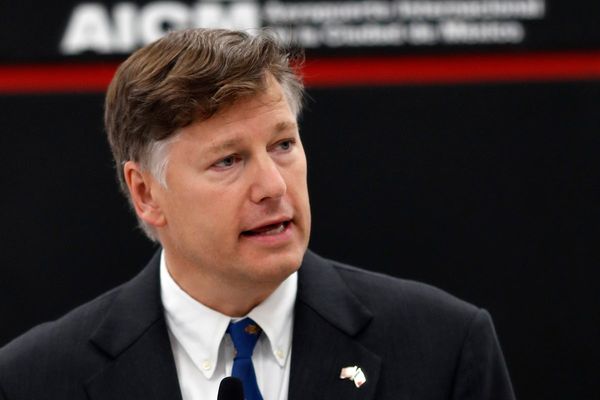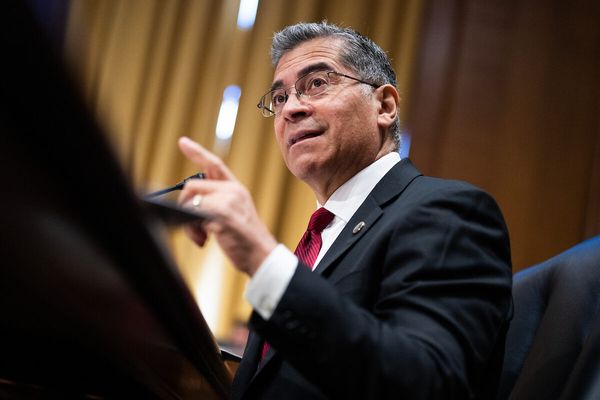
The United States has recently announced a comprehensive plan to examine and potentially reallocate government-controlled spectrum for wireless communication purposes. This initiative aims to optimize the use of valuable radio frequencies to meet the increasing demand for wireless services across the country.
The plan, unveiled by the US government, involves a detailed roadmap that outlines the steps to be taken in studying and potentially shifting government spectrum to support wireless technologies. The goal is to ensure that the spectrum is utilized efficiently and effectively to benefit both consumers and businesses.
By reallocating government-controlled spectrum for wireless use, the US aims to enhance connectivity, improve network performance, and foster innovation in the wireless industry. This move is seen as a strategic effort to keep pace with the rapid advancements in wireless technology and meet the growing needs of consumers for reliable and high-speed wireless services.
The roadmap includes conducting thorough studies and assessments to determine the feasibility and impact of reallocating government spectrum. This process will involve collaboration between various government agencies, industry stakeholders, and experts in the field of wireless communication.
Furthermore, the plan emphasizes the importance of ensuring that the reallocation of spectrum is done in a manner that minimizes disruption to existing services and maximizes the benefits of wireless technology for all users. This approach reflects a commitment to balancing the needs of different stakeholders while promoting the overall growth and development of the wireless ecosystem.
In conclusion, the US government's roadmap to study and potentially shift government spectrum for wireless use signals a proactive effort to harness the full potential of wireless technology for the benefit of society. By optimizing the use of spectrum resources, the US aims to create a more connected and technologically advanced environment that supports the evolving needs of consumers and businesses in the digital age.







